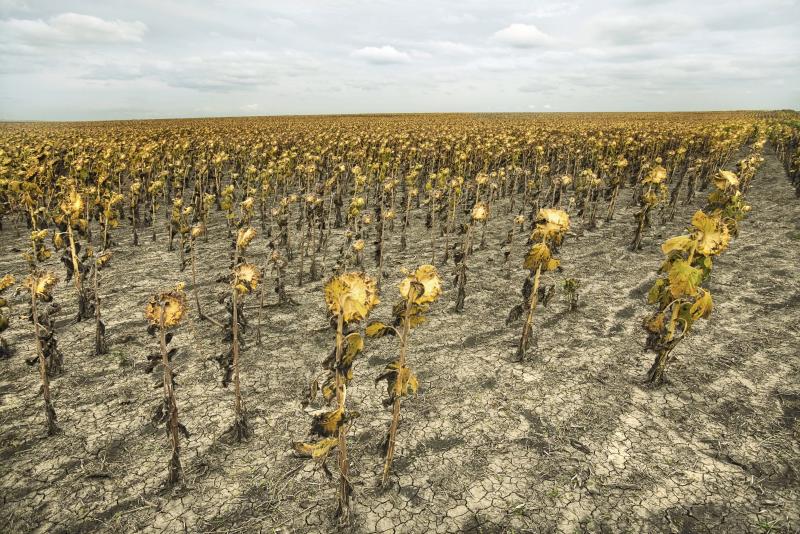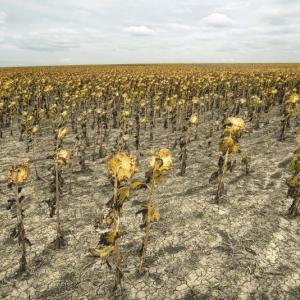Drought conditions show minor improvement as active weather pattern continues
AUGUSTA — Maine’s Drought Task Force met virtually Thursday to discuss the ongoing drought conditions across the state.
Since the Task Force met two weeks ago, much of the State continues with severe drought conditions, while portions of Penobscot, Piscataquis and northern Aroostook County are still experiencing extreme drought conditions, per a news release.
The Drought Task Force is made up of state, federal and private scientific, agricultural, regulatory, water use and natural resources organizations and assists in monitoring, coordinating, and managing responses to droughts and recommends actions to minimize impacts to public health, safety, the environment and agriculture.
The Task Force will continue to monitor the situation and plans to convene again in two weeks, or sooner, if needed.
Above normal rainfall is expected over the next week for most of Maine, the release noted, and the National Weather Service reported some improvements due to the rainfall received since the beginning of October.
The U.S. Geological Survey reported much of the state has seen improvement in surface water, noting that many of the natural running streams in the state are at normal or above levels — something that hasn't been seen since late May. Ground water levels are still receding, though there was a small amount of recharge from the recent rain, which is promising.
“We are cautiously optimistic that drought conditions will improve over the next few weeks,” MEMA Deputy Director Joe Legee said. “An active weather pattern and increasing groundwater levels are good signs as we head into late fall and approach the ground freeze.”
The USDA Farm Service Agency (FSA) reported continued impact to most crops across the state, especially in Aroostook County. With the continued drought declaration, the special FSA Farm Programs remain in effect to assist farmers, ranchers and small businesses as the drought continues. The Small Business Administration has also continued the availability for disaster loan assistance.
Available programs and loans include:
- Non-insurable Crop Assistance Program (NAP): provides financial assistance to producers of non-insurable crops when low yields, loss of inventory, or prevented planting occur due to natural disasters including qualifying drought.
- Livestock Forage Program (LFP): provides compensation to eligible livestock producers who suffered grazing losses for covered livestock due to drought.
- Tree Assistance Program (TAP): provides financial assistance to eligible orchardists and nursery tree growers to replant and/or rehabilitate eligible trees, bushes, and vines lost due to a qualifying natural disaster.
- Emergency Assistance for Livestock, Honeybees, and Farm-Raised Fish Program (ELAP): provides emergency relief for losses due to feed or water shortages, disease, adverse weather, or other conditions, which are not adequately addressed by other disaster programs.
- Emergency Loan Program: available to producers with agriculture operations located in a county under a primary or contiguous Secretarial Disaster designation. These low interest loans help producers recover from production and physical losses.
- Emergency Conservation Program (ECP): provides cost share, up to 75% of the producers actual costs, to provide emergency water during periods of severe drought (specifically for grazing and confined livestock and existing orchards and vineyards). Approved practices and measures may include: - installing pipelines or other facilities for livestock water or existing irrigation systems for orchards and vineyards - constructing and deepening wells for livestock water - developing springs or seeps for livestock water.
Producers experiencing drought related losses should contact their local FSA Office. A list of local offices can be accessed here.
There continues to be no mandatory conservation measures, however dry wells continue to be reported across the state. MEMA launched the Dry Well Survey in August and has now received feedback of dry wells in all sixteen counties. The reported dry wells span dug, drilled, and natural spring wells with impacts spanning residential, livestock, irrigation, and processing classifications. Anyone wishing to complete the survey without internet access can call 2-1-1. Completing the survey does not guarantee any type of assistance but helps the Task Force determine how widespread the problem may be and what resources may be needed.
Citizens who may be experiencing low water levels in wells are also encouraged to take the following steps:
- Avoid filling wells by a water hauler or fire department. This could contaminate the owner's well because water from an unknown source may contain toxins and water would likely leak out in a short amount of time.
- Check water systems for leaks and fix them. This can also save money for those on public water.
- Ensure you have a full load before running dishwashers and washing machines.
- Space out water usage to avoid a temporary shortage that could damage the pump.
- If using drinking water from an outside source, make sure containers and the water source are clean.
- Use a licensed well driller or pump installer to check water levels in wells for the most accurate assessment and advice and to avoid contamination.
Event Date
Address
United States
























